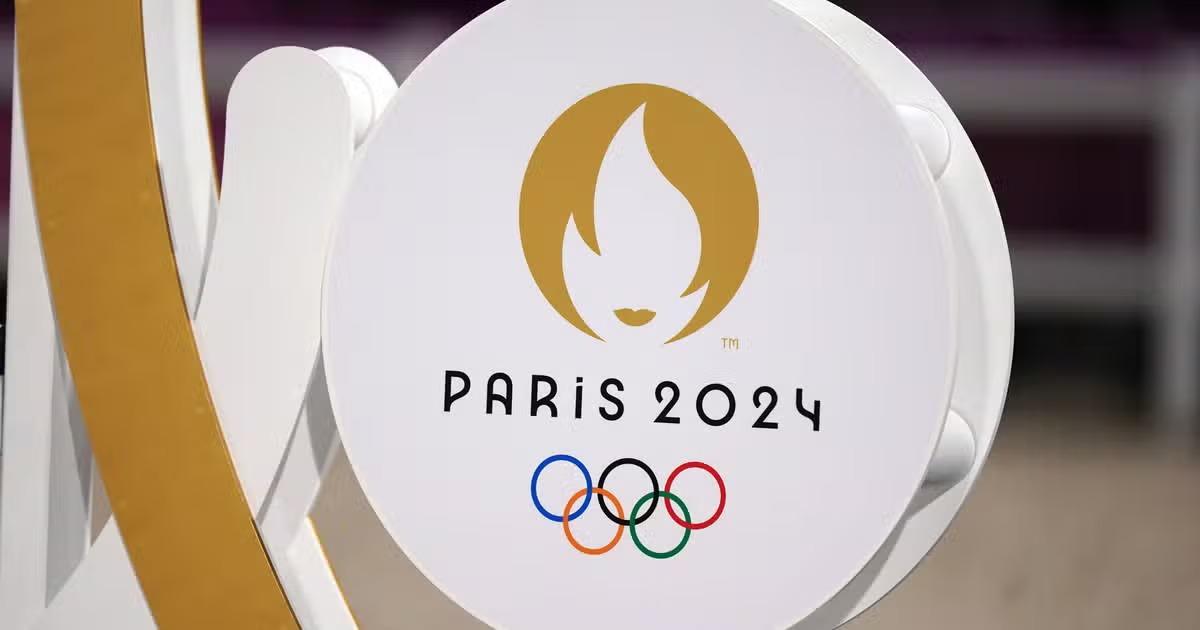Olympic Medals or Kota Factory: 1.4 अरब की आबादी वाला…”दुनिया में युवाओं की सबसे बड़ी संख्या वाला..” भारत केवल छह पदकों के साथ समाप्त हुआ है?
The Olympics are over, and India, with a population of 1.4 billion with the largest number of youth in the world- has ended up with six orders. While news captions will scream about the need to change the sports establishment by including further people who deeply understand sports, one critical factor we all need to introspect on is the general maternal station that is dismissive towards play, inaptly embedded in tradition. numerous do n’t realise that the unborn frugality, with AI- driven robotization, will demand a deeper disquisition of mortal eventuality through complex literacy and adaption, commodity our playgrounds enable indian olympic medals.
While news captions will scream about the need to change the sports establishment by including further people who deeply understand sports, one critical factor we all need to introspect on is the general maternal station that is dismissive towards play, inaptly embedded in tradition. numerous do n’t realise that the unborn frugality, with AI- driven robotization, will demand a deeper disquisition of mortal eventuality through complex literacy and adaption, commodity our playgrounds enable indian olympic medals.
Olympics Are About Exploring mortal Implicit
instanced by the modified indian medals Olympic aphorism in Latin, Citius, Altus, Fortius- Communiter, meaning” Faster, Advanced, Stronger- Together”, the indian olympic medals, from their veritably beginning in 776 BC, were about celebrating the borders of the mortal spirit and eventuality. The top athletes, while being born with inheritable features suitable for sports, still spend further hours training for peak performance to literally inoculate intelligence in each fibre of their muscle, learning to harness those billions of neurons to fire precisely, to completely exploit their mind- body connection, to eventually reach their loftiest mortal eventuality. Usain Bolt, the notorious sprinter, had a sleeping heart rate of around 33 BPM, while Michael Phelps, who won 23 golds, had a sleeping heart rate of about 38 BPM. A normal heart rate generally is around 60 BPM. They both spent insane hours on the track and in the pool, starting as youthful as seven times, seeking for a zone of advanced mind. This zone was described as” the inflow” by notorious psychologist Mohali Csikszentmihalyi in 1970, as it melds together action and knowledge.
Developing Complex Human Intelligence
Indian olympic medals Games are a pivotal element in exploring and growing multiple confines of complex mortal intelligence in youthful kiddies. The unshaped and sportful nature of games allows for exploring the ingrain intelligence that the mortal body represents, demonstrating unique literacy openings for the brain. notorious literacy experimenter Hilary Takeuchi took FMRI reviews of smarts, showing how creativity is related to brain activation via joyous gests in play. Other scientists have shown that joyous gests can impact malleability, meaning the brain can decreasingly acclimatize to new effects, a critical mortal trait.
The mortal body has an estimated 10- 20 billion neurons in the cerebral cortex and 55- 70 billion neurons in the cerebellum, roughly 76 times that of the reptiles. A child’s neural pathways are told in their development through disquisition, thinking, problem- working and language expressions, all of which are part of play occurrences. In fact, games are considered to be so central to mortal development that it’s formally recognised by the UN as a specific right for all children, under Article 31.
The Scourge Of Tuition Centres
The Indian education system is primarily driven by rote literacy- driven examinations, rather than by sportful games. An Indian parent’s tone- regard is frequently mandated by how well or poorly their kiddies are doing in examinations. Indeed moment, as beforehand as seven to eight times of age- an age when kiddies are supposed to be developing their mortal eventuality with play- children are buried deep inside education centres around India.
It’s ironic that early advancements in artificial intelligence have come from exploring and learning from games, like Chess and strategy games like Go. This was penciled in the talkie AlphaGo. At the” Ostensibly AI lab” at MIT, youthful experimenter Pulkit Agrawal is exploring physical intelligence via robots that can learn and navigate complex natural terrains like steep hills on their own with algorithms using sportful curiosity. His lab’s nimble robots learning to protest the football are a fun sight and also gesture how hard this simple step is for AI to master. Figure AI lately blazoned that their professed creatural robots will soon work on the BMW shop bottom. Another incipiency called Skild AI, led by Deepak Pathak, lately raised$ 300 million to make robots that are learning to acclimatize to new surroundings.
Let kiddies Play For The Future Of Work
The indian olympic medals are a great index of a society’s progress in hunt of advanced mortal eventuality. We should reflect on what we’re training our kiddies’ smarts for, the history or the future. The forthcoming Intelligence Economy, which is going to produce a new profitable value of$ 15.7 tn( PWC exploration) by 2030, is a great occasion for India. The future of work is going to be creative, dynamic, complex and grueling . It’ll force us to learn new effects, much like our games.
The unborn value of our affair will revolve around our core mortal eventuality to harness the state of” inflow” more frequently. India is the only country in the world with 300 million youthful mortal smarts, with unexplored mortal eventuality and untapped intelligence. Bereft of exposure to the playground, can they really explore their unique physical and creative mortal eventuality, so critical for the forthcoming occasion? It’s an important question to ask as they may ultimately define the future of not just our nation but the future of the mortal race too, given the sheer strength in figures. The National Education Policy( NEP) 2020 is a great launch. still, the anxiety convinced by maternal pressure, portrayed poignantly in the web series The Kota Factory, is dangerous. ChatGPT has assured that rather than knowing the answers, it’s important to know what questions to ask. It’s ironic that we’re limiting our youthful mortal smarts in these Kota- nominated manufactories indeed as factual unborn manufactories are going to be manned by creatural robots that are learning through games.
The National Education Policy( NEP) 2020 is a great launch. still, the anxiety convinced by maternal pressure, portrayed poignantly in the web series The Kota Factory, is dangerous. ChatGPT has assured that rather than knowing the answers, it’s important to know what questions to ask. It’s ironic that we’re limiting our youthful mortal smarts in these Kota- nominated manufactories indeed as factual unborn manufactories are going to be manned by creatural robots that are learning through games.
It’s time to free our youthful minds to play and explore the world outdoors and in, as suggested by Rabindranath Tagore. This might affect in further orders for us and enable India to exceed in the AI- driven future of work. Can we resolve to hit the play button for our kiddies rather of the pause button?


